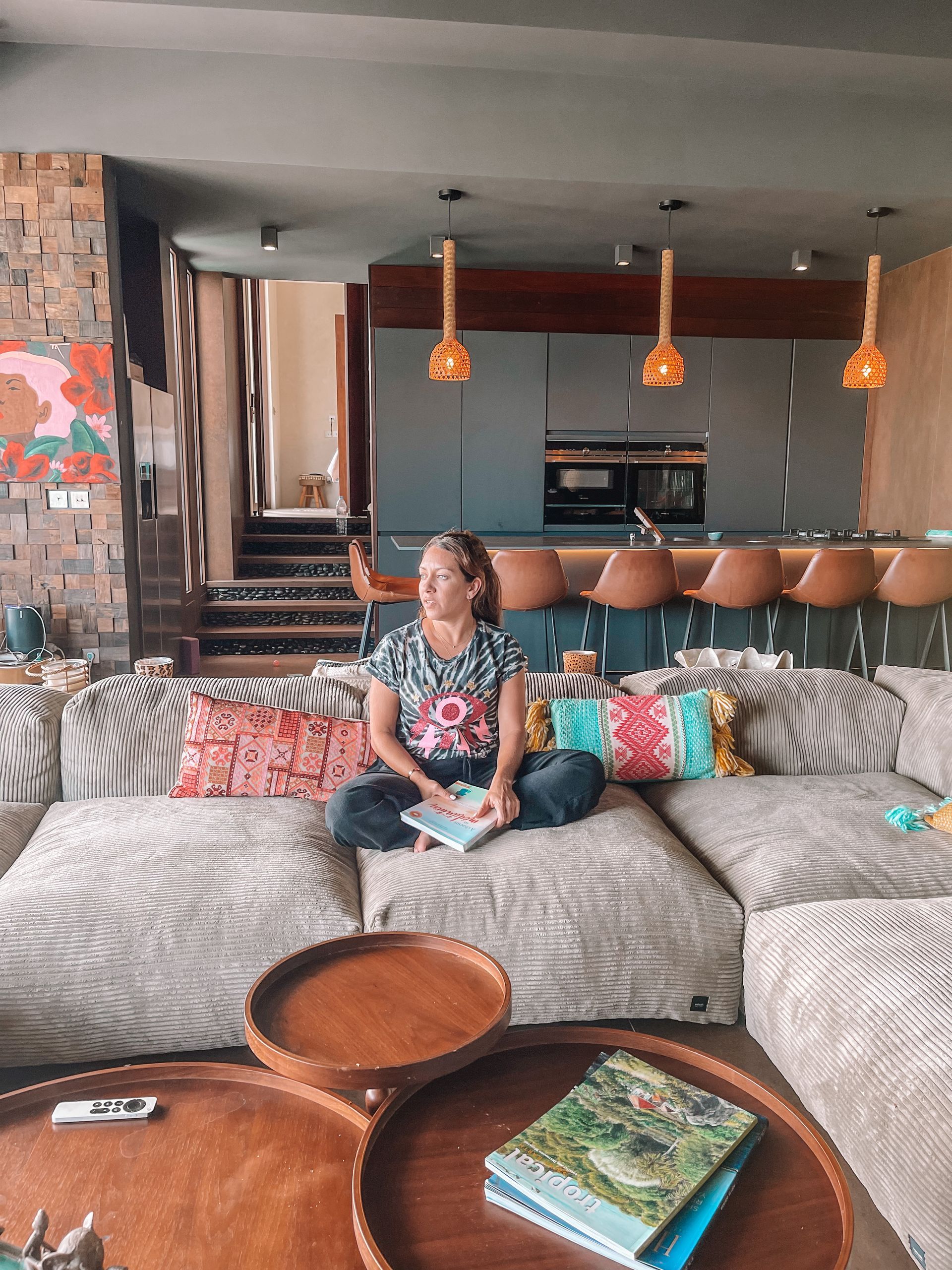How to create an inviting environment in your yoga class

1/ Create a welcoming atmosphere from the very start
In the everyday life, people are constantly having a lot of impressions.
In a yoga class, we advise reducing thier impressions. This allows them to turn their attention inwards and calm the mind. Minimizing impressions is achieved by creating a clean, simple room with minimal decoration, but this also includes simple clothes, minimal make-up and neat hair. A simple trick is to keep a specific outfit for your yoga classes. This eliminates the need to think about what to wear every time you teach, and for the students it becomes a fixed, comforting element in their class.
As soon as your students enter the classroom, you should greet them with a warm smile.
Be sure to introduce yourself and memorize your students' names. Take the time to sit on your yoga mat, and look each one in the eye, calling them by their name. Smile at them, make them feel seen, that they're in a safe space. This is also why the first questions I ask are about their general well-being: "How are you?", "Does anyone have any injuries to report?" or "Is one of you pregnant?". This allows me to offer options if needed during the yoga practice.
This will help them feel more at ease and connect with you.
Learn how to pick up on the group's mood, so that you can adapt to the their energy. Yoga is a discipline open to everyone (regardless of age, gender or physical condition). So you will quickly notice that there will be different student types.
Some just want to relax. Others want to relieve stress and learn to manage their emotions. Others are passionate about challenging themselves.
So you need to get to know each and every one of your students quickly, in order to create a group dynamic where everyone feels at ease.
2/ Use comprehensive language
Comprehensive language is an important way of creating an inclusive yoga environment, which means speaking in a non-discriminatory manner, regardless of the gender of the person you are talking about or to, without stereotyping.
Use terms such as "person" rather than "man" or "woman" when addressing your class. Use gender-neutral pronouns to include all gender identities.
It's also about bringing people together.
Why inclusive language?
Because what divides us causes pain, and yoga's aim is to liberate us from pain, to bring us closer together.
Always offer modifications or pose variations when the "standard" version is not suited to the practitioner's body. But it also means offering different intensities when a pose is too easy for a practitioner and could be more beneficial with another variation.
3/ Be aware of body differences
If you are a yoga teacher, you must have noticed how diverse your students are: many women, yes, but also a few men, some younger, some older, some slimmer, some chubbier, some with specific needs.
In general yoga trainings, we learn how to teach yoga to young, healthy people. But we soon face up to reality. It is impossible to show up for a class and start with "Come on, let's start with 5 sun salutations". Given the diversity of people's types, yoga needs to adapt.
Body diversity is an important aspect of being inclusive in yoga.
Make sure your postural instructions are suited to different body types and physical abilities. Offer options for poses that may be difficult or uncomfortable for some students.
In the poses, leave space for the belly, thighs and chest. We also use props to assist with the pose. This avoids unnecessary comparing and helps to create an environment in which weight or body type is not an obstacle for the practice.
4/ Respect personal boundaries
As a yoga teacher, you must be mindful of each student's individual needs. Respect everyone's limitations and don't encourage students to go beyond their physical limits. Instead, encourage them to listen to their own bodies and sensations.
Being a teacher does not give you the right to adjust students without their consent. The student's consent must be given, you must verbalize it and wait for the response. Many people don't like to be touched and don't like to be adjusted. Don't touch areas that may be uncomfortable for the student ( for example, the stomach, inner thighs, etc.).
Instead, you can adjust verbally, work with a mirror for self-adjustment and work on body awareness.
5/ Learn about diversity and inclusion
And finally, learn about diversity and inclusion in yoga.
Read books, attend workshops and conferences on these topics. This will help you identify your students' needs and create an inclusive environment for all.
In conclusion, more than anything else, it's the desire to welcome everyone, to create an open, caring and loving space that will lead to well-being and personal transformation.







